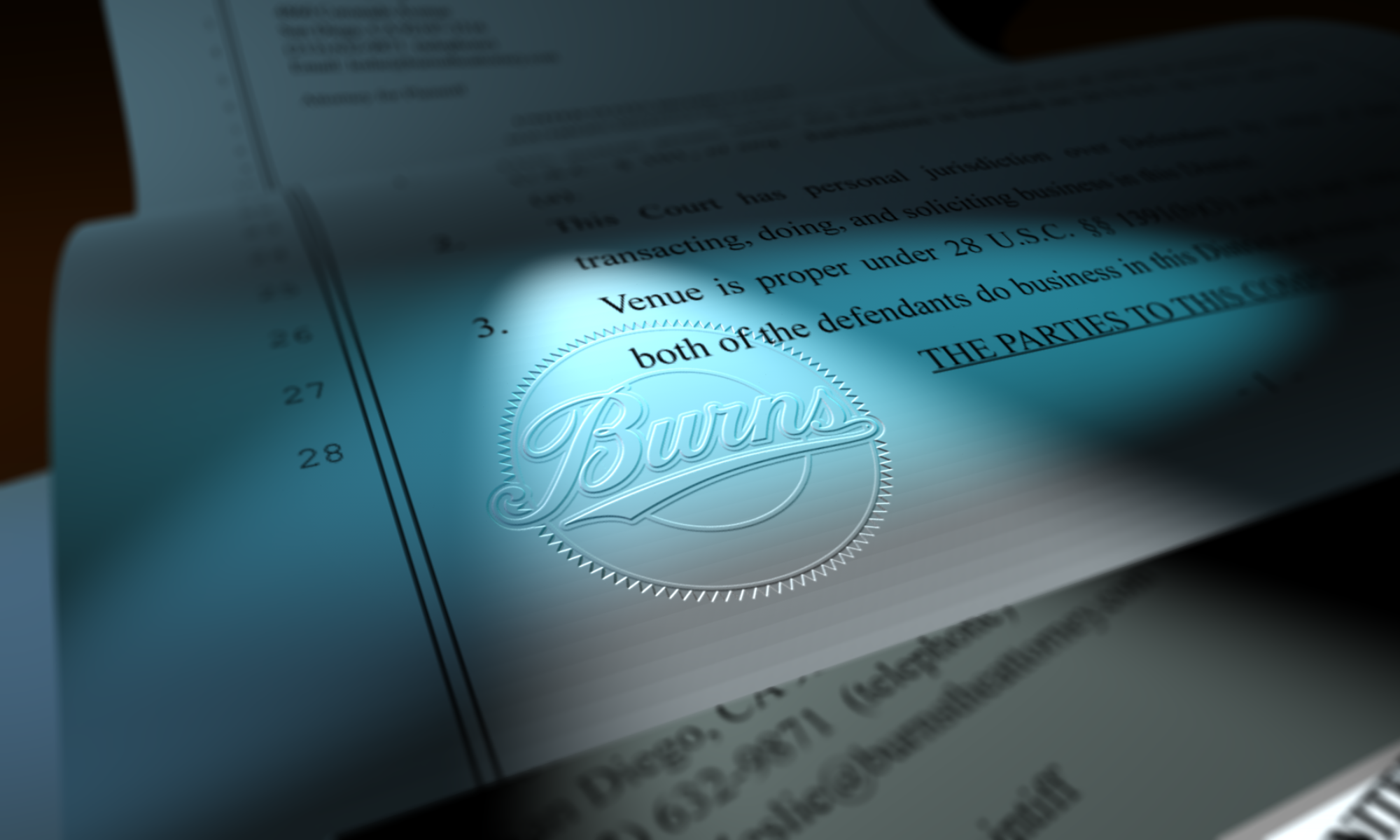As a creative professional, you have a gazillion acronyms and abbreviations in your vocabulary. Here’s another one you should know: CMI.
CMI stands for Copyright Management Information and, generally speaking, it is data that identifies the copyright owner of a work. For example, on the photo above you’ll see my watermark in the form of a copyright notice in the lower right. That watermark is CMI.
In my opinion, you should always have visible CMI on any visual art (or, frankly, any creative work) you put out into the world. Why? Easy, under the DMCA (the Digital Millennium Copyright Act, another acronym for your vocab), CMI is protected. CMI functions as identification that the work is yours and, if your work is infringed and the CMI is removed or altered without your authority, you have extra tools to wield.
Specifically, if your work is infringed and the CMI is removed or altered, the infringer has committed at least one (and possibly two) violations of Section 1202 of the DMCA. Each violation carries statutory damages of not less than $2,500 and not more than $25,000, and the prevailing party may get its attorney’s fees and costs too. Oh, and the work doesn’t have to be registered for you to be eligible for those damages (but register your work, m’kay)!
Also, removal of visible CMI is strong evidence that an infringement is willful. If your work is timely registered (and, please, register all your work), willfulness increases the maximum statutory damages from $30,000 to $150,000. Even if you are unlikely to get the maximum (and, here on planet reality, you are unlikely to get the maximum in most cases), willfulness will be a factor in setting the statutory damages higher overall. So you really should have visible CMI on your work.
Best practice is to use a proper copyright notice like mine (although it doesn’t have to be that size–just visible and readable). A proper notice is the © (or the word “copyright”) and the year of first publication of the work (note that is not the year of creation, unless they are the same of course) and the copyright owner’s name (not your url, not your biz name unless your biz owns the work as opposed to you, personally). Note that you don’t have to have registered your work to use the symbol (unlike for trademarks where you can only use ® for registered trademarks).
Using a proper copyright notice kind of kills two birds with one stone (a post for a different day) so I encourage doing that. Still, any visible watermark that identifies the owner of the work will very likely count as CMI, so you can use something other than the notice, if you insist (but I will give you the squinky eye for that).
What is important is that the watermark must identify the owner for it to count as CMI. You can’t just put anything on there and have it count. Today, I saw a tweet by Image Rights that suggested putting its”protected by Image Rights” watermark on works to “help protect” the work. While maybe using that might discourage someone from using the work, that watermark will not count as CMI, so I don’t think it’s a good idea to use it. I mean, you could, but then you’d also have your own CMI watermark on the work as well. With all that on a work, it’s going to get pretty crowded and likely lose whatever marketing value displaying the work may generate.
For what it’s worth, your own watermark also functions for marketing purposes. Credit lines (while also CMI if posted adjacent to the work, and so its removal is a violation) don’t usually travel with a work when it gets ripped off or legitimately shared on sites like Facebook.
Finally, when you discover an infringement and realize that you haven’t properly, timely registered the work, the DMCA violation(s) may make the case something that an attorney would be willing to take on a contingency fee basis, since the potential recovery is more than just actual damages. If for no other reason than that, I suggest artists should make sure to use CMI-proper watermarks!

